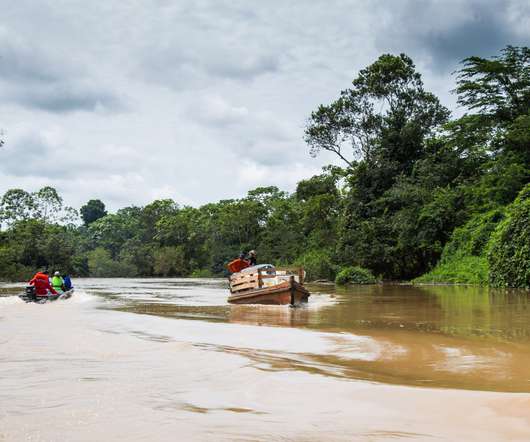HotSpots H2O: Indigenous Communities, Biodiversity Along Brazil-Peru Border Threatened by Highway Construction
Circle of Blue
AUGUST 2, 2021
Eastward, across gnarled rivers and historic indigenous homelands, the great Amazon Rainforest paints this basin shades of green, refreshing much of the world’s oxygen. . BR-364, the 2,700-mile asphalt strip that weaves through rainforest to connect São Paulo to Acre, might soon be lengthened.













Let's personalize your content